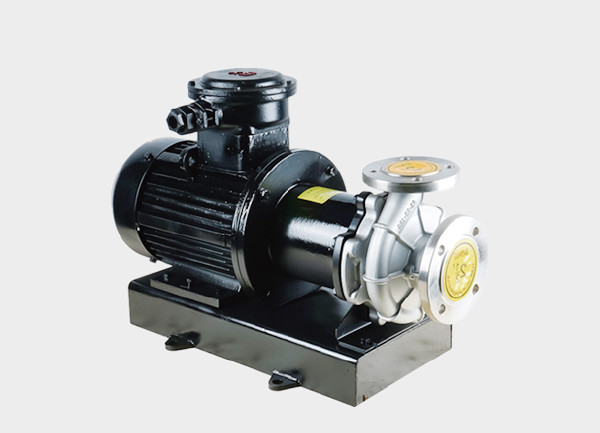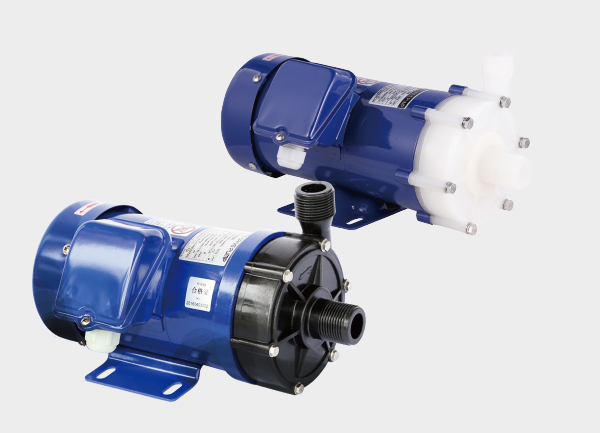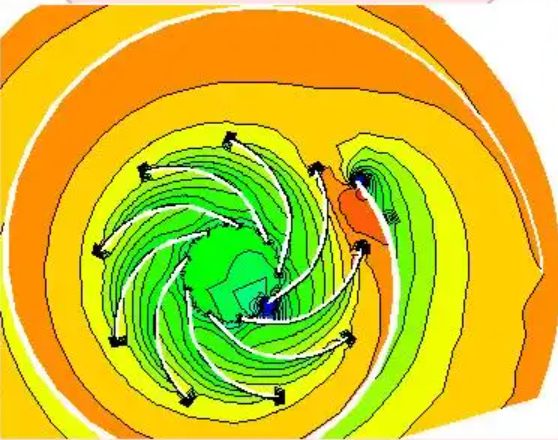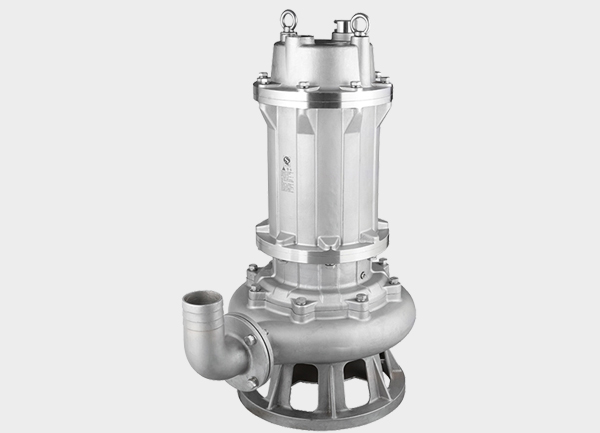A self-priming sewage pump is a centrifugal pump specifically designed to handle wastewater containing solids and impurities without the need for frequent priming. Its working principle is based on a continuous “air–liquid mixing, separation, and re-suction” cycle, allowing it to automatically evacuate air from the suction line and start pumping fluid efficiently.
The operation can be divided into two main stages — initial startup and subsequent restarts. Below is a detailed explanation of the principle and internal process.
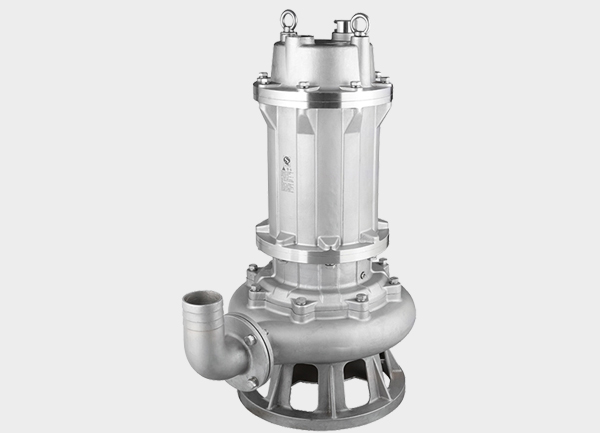
1. Core Foundation: The Principle of “Stored Liquid Priming”
The self-priming capability relies on two essential structural elements — a liquid storage chamber and a non-return valve (check valve).
Before first use, the liquid storage chamber (or the pump casing itself) must be filled with a sufficient amount of liquid, usually enough to submerge the impeller. This initial volume forms the working liquid needed for priming.
A check valve installed between the suction pipe and the pump casing prevents liquid from flowing back when the pump stops, ensuring that enough liquid remains inside the pump body for the next startup — no repeated priming is required.
2. First Startup Process: From Air–Liquid Mixing to Stable Flow
When the motor starts, the impeller begins to rotate at high speed (typically 1450 rpm or 2900 rpm), initiating a three-step process:
Step 1: Centrifugal Force and Vacuum Formation
The rotating impeller drives the stored liquid in the casing to move in a circular path. Under the action of centrifugal force, the liquid is thrown toward the outer edge of the impeller, entering the air–liquid separation chamber.
At the same time, the pressure at the impeller’s inlet drops, creating a vacuum zone. This vacuum draws the external sewage mixture (liquid + gas + impurities) through the suction pipe into the pump casing.
Step 2: Air–Liquid Mixing and Preliminary Separation
During the initial suction phase, the incoming wastewater usually contains trapped air. The air–liquid mixture is thrown into the separation chamber, where its flow velocity decreases sharply.
Because air has much lower density than liquid, it rises to the top of the chamber and is gradually expelled through the discharge outlet (at first, the discharge appears as a bubbly water mixture).
Meanwhile, the liquid, being heavier, falls back to the bottom of the pump casing and re-enters the impeller, forming a continuous liquid circulation loop.
Step 3: Complete Air Removal and Stable Operation
As the air–liquid cycle continues, the air in the suction line is completely discharged. Once all air is evacuated, only sewage enters the pump casing — the pump then reaches a stable water delivery condition, continuously conveying wastewater containing solid particles or fibrous materials.
3. Subsequent Starts: Instant Operation Without Re-Priming
After the first operation, when the pump is stopped, the check valve prevents backflow, ensuring that a sufficient amount of liquid remains in the casing.
Upon restarting, the impeller immediately recreates the vacuum effect and draws in sewage again — no need for manual priming. This enables instant, automatic startup, even after short downtime periods.
4. Sewage Handling Optimization: Impeller and Flow Passage Design
Unlike standard self-priming pumps, self-priming sewage pumps are specifically engineered to handle fluids containing solid impurities, fibers, and sludge. This is achieved through specialized hydraulic design:
Impeller Design:
The pump typically uses a semi-open impeller (without a front cover) or a vortex impeller. These designs feature wide flow channels and large blade spacing, allowing the passage of solids up to 60% of the outlet diameter and fibers up to 1.5× the impeller diameter without clogging.Flow Passage Optimization:
The pump casing has a smooth, wide internal flow path to minimize blockage and ensure smooth transport of sludge, gravel, or fibrous wastewater.
Summary: The Core Logic Behind Self-Priming Sewage Pumps
The self-priming mechanism works through a cyclic process of:
Initial liquid generating centrifugal force → creating vacuum suction → mixing and separating air and liquid → discharging air → retaining liquid for next operation.
Combined with an anti-clogging impeller and optimized flow channel, the pump achieves:
Automatic self-priming (no manual priming required)
Stable sewage delivery
Strong solid-passing capacity
Reliable, maintenance-friendly performance
This makes the self-priming sewage pump an ideal choice for municipal drainage, construction dewatering, industrial wastewater treatment, and sewage lifting stations, where efficiency, reliability, and convenience are critical.



